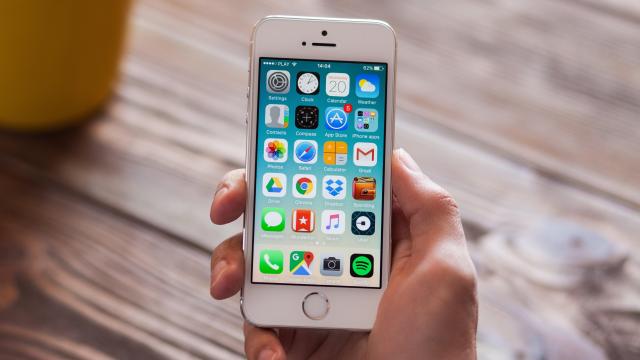I’m a big advocate for keeping your tech as long as possible. I still have my original Touch Bar MacBook Pro, and I plan to run it into the ground. But one legitimate reason to upgrade your tech is when a company stops supporting it with security updates. That begs the question: How long can you use an iPhone before it’s a security risk?
Security updates keep you and your devices safe
I’m not talking about feature updates, mind you. Sure, it’s a bummer when your iPhone stops gaining the latest features Apple has to offer. But it’s still perfectly usable as-is. Once a company stops issuing security updates, however, your device becomes susceptible to new vulnerabilities that pop up.
Let’s say you have a smartphone whose OEM dropped support for completely. At some point, a major security vulnerability is discovered that could allow bad actors to run whatever code they want to on your phone, essentially taking it over. Maybe they achieve this through a malicious link in a text message or email, or they run a 2FA code scam over the phone. Either way, this vulnerability exists, and it’s putting users at risk.
Once the OEM figures out a patch for the vulnerability, they’ll issue a security update to all devices they still support. But, because your device isn’t on that list, it will remain unprotected. That’s the point where even someone like me will admit it’s time to upgrade to a new device. Cybersecurity is no joke.
Now, Android devices often have fixed dates for when OEMs drop support. Companies like Google and Samsung give their newest devices a guaranteed five years of security updates. If you buy a Pixel 7 and 7 Pro, for example, you will be protected until at least October 2027. But if Google decides to cut ties there, your Pixel won’t be protected from new security vulnerabilities November 2027 onward.
Apple supports its devices with security updates for a long time
The iPhone, however, is a bit of a unique device as far as security support is concerned. While Apple never gives its products an end-of-life timeline, they do support them for a long time. Apple supported the iPhone 6S, for example, with full software updates through iOS 15. And while the company dropped the phones for iOS 16, that meant it supported the 6S with feature updates for seven full years.
But that’s feature updates. Apple still issues security updates for the 6S, as well as any other device stuck on iOS 15. In fact, the company issues software updates for any iPhone stuck on iOS 12. We saw that with the most recent batch of software and security updates this week. While supported iPhones saw iOS 16.3 hit their Software Updates tab, Apple also released iOS 15.7.3 and iOS 12.5.7 to give older devices running those versions critical security patches. iOS 15.7.3 patches five vulnerabilities, while iOS 12.5.7 patches one.
However, the iPhones that are still running iOS 12 are old. They include 2014’s iPhone 6 and 6 Plus, as well as 2013’s iPhone 5S. If you bought an iPhone 5S at launch, Apple is still supporting your device with essential security patches nearly 10 years later.
It’s not just the iPhone that benefits here, either. Apple issues the same security patches for iPadOS, meaning the original iPad Air can update to iOS 12.5.7, as can the sixth-generation iPod touch. The company also continues to issue security updates for macOS Big Sur, which means some Macs from 2013 are protected, too.
A safe iPhone isn’t necessarily a fast iPhone
Now, it isn’t necessarily ideal to use a device that old in 2023. Once Apple drops software support for a device, as it did with the 5S, 6, and 6 Plus after iOS 12, app developers slowly begin to drop support as well. Plus, while you can replace an ageing battery, the older hardware (especially the lack of memory) makes running the apps that are still supported more difficult.
But it’s still safe to use these devices. Once we see Apple stop issuing security updates, as appears to be the case with iOS 11 and earlier, then the 5S, 6, and 6 Plus should be retired with grace. But, as of now, you can theoretically use your iPhone safely for at least a decade.

Leave a Reply
You must be logged in to post a comment.